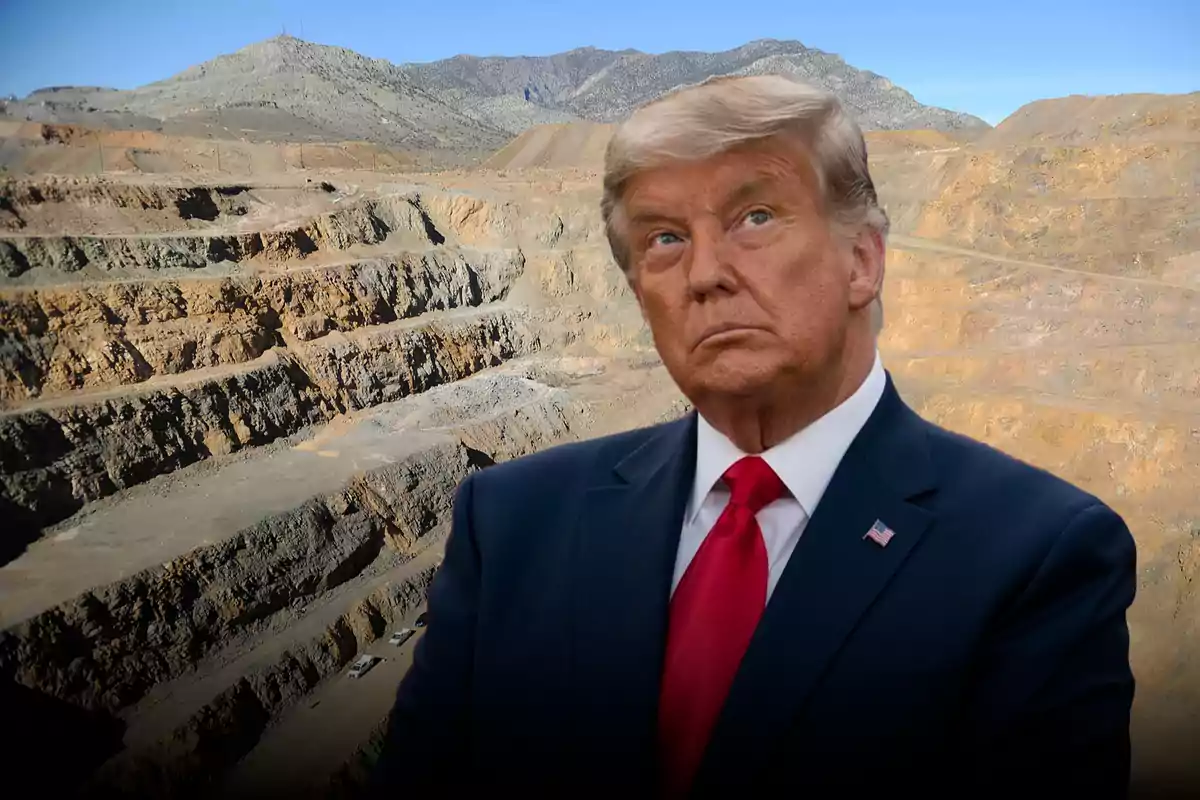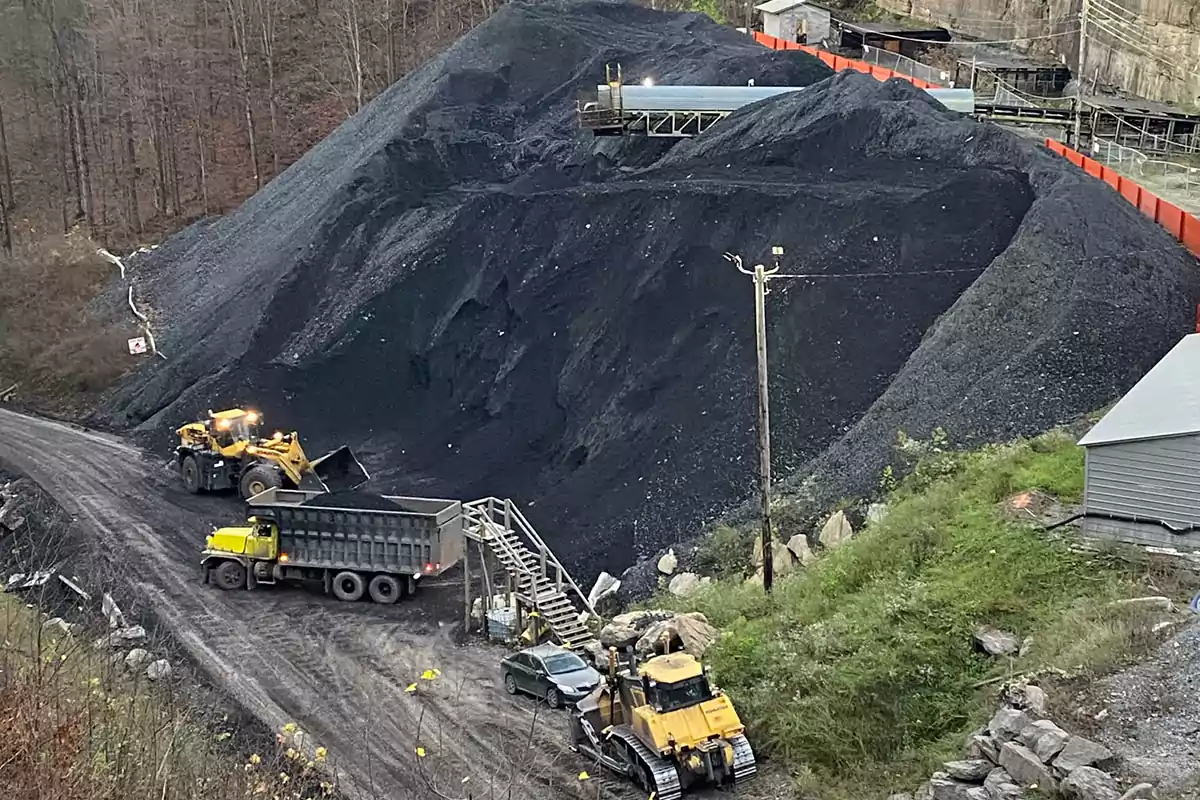
Thanks to Trump's deregulation, they discovered a massive rare earth deposit
After the deregulation process carried out by the Republican administration, a massive rare earth deposit was discovered in Wyoming
The recent announcement by Fluor Corporation regarding the economic viability of a major rare earth element deposit discovered at the Brook Mine in Wyoming has marked a turning point for the U.S. mining industry.
This discovery, led by Ramaco Resources, a company originally focused on metallurgical coal mining, positions the United States on a path toward self-sufficiency in strategic minerals, thereby reducing its historic dependence on imports, especially from China.
This progress would not have been possible without the more flexible regulatory framework established during the administration ofDonald Trump. In its effort to boost the country's energy and mineral self-sufficiency, the Trump administration deregulated several aspects of the mining sector, accelerating the granting of permits and eliminating bureaucratic barriers that had previously slowed the exploration and exploitation of mineral resources.
In 2017, Trump signed an executive order that classified rare earth elements as "critical minerals" for national security, prioritizing the development of domestic supply chains. These measures created the necessary conditions for projects like Brook Mine to move forward with greater agility and institutional support.

Ramaco Resources, headquartered in Lexington, Kentucky, made a strategic shift by moving away from its traditional focus on coal to explore opportunities in the growing rare earth market.
Its Brook Mine, previously intended for coal production, became the epicenter of an unexpected but crucial discovery: economically viable deposits of dysprosium, neodymium, and scandium.
These elements are essential for the manufacturing of high-performance permanent magnets used in electric vehicles, wind turbines, and advanced electronic systems, including military applications.

According to the Preliminary Economic Assessment (PEA) conducted by Fluor, the project forecasts a net present value (NPV) of USD 1.197 billion with an internal rate of return (IRR) of 38% before taxes.
An annual production of 1,242 metric tons of oxides is estimated, which could cover between 3% and 5% of the total demand for permanent magnets in the United States.
This contribution is especially relevant in a context where China controls approximately 85% of global rare earth production and has used that position as a geopolitical lever in trade negotiations.

Ramaco's CEO, Randall Atkins, has emphasized the strategic importance of this discovery, not only from an economic perspective but also in terms of national security.
Ramaco plans to establish processing facilities on U.S. soil, which would allow for the construction of an integrated and 100% domestic supply chain, from extraction to the manufacturing of intermediate products. This vision responds to the national call to strengthen critical sectors in the face of possible global disruptions.
More posts: